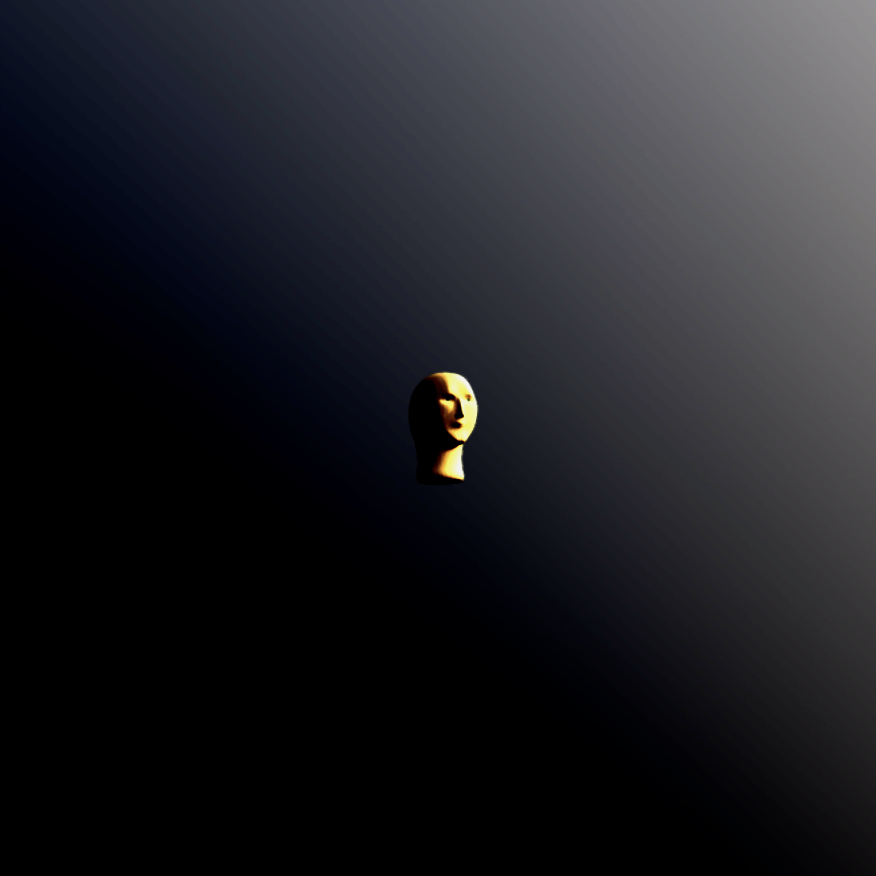
Log in:
You are getting an AI to generate text on different topics.
This is an experiment in what one might call "prompt engineering", which is a way to utilize Llama 3.1 405b, a neural network trained by Meta.
Llama is a language model. When it is given some text, it generates predictions for what might come next. It is remarkably good at adapting to different contexts, as defined by a prompt (in this case, hidden), which sets the scene for what type of text will be generated.
Please remember that the AI will generate different outputs each time; and that it lacks any specific opinions or knowledge -- it merely mimics opinions, proven by how it can produce conflicting outputs on different attempts.
Feel free to share interesting outputs to /r/philosopherAI on Reddit.
by Murat Ayfer